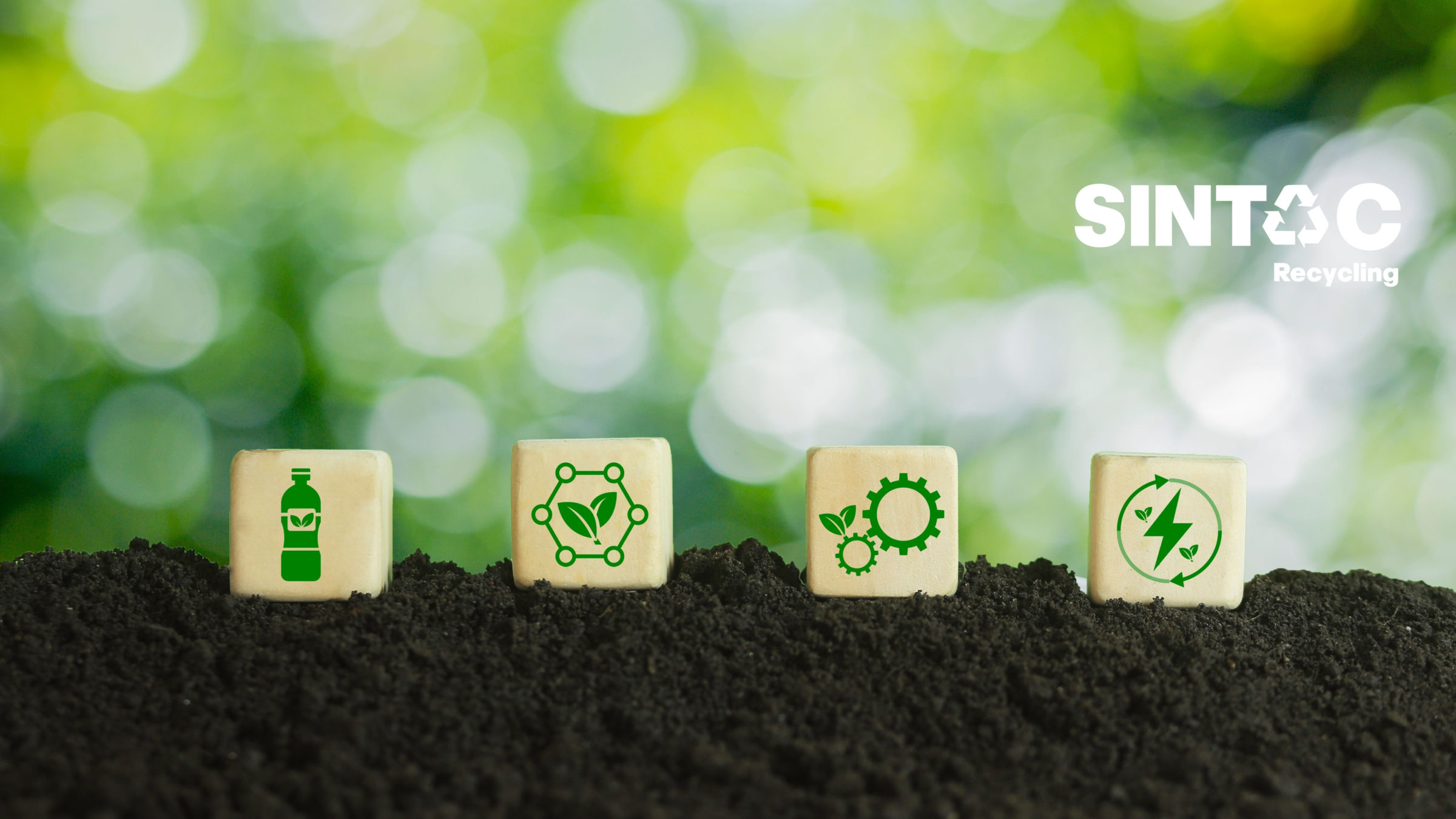Biodegradable plastics, what are they and which ones exist?
Biodegradable plastics are those that can be degraded by microorganisms naturally present in the environment.
They are classified, according to their origin, into bioplastics, also known as plastics of plant origin, and those of fossil origin, since biodegradability depends on the molecular structure, and not on the origin of the material.
The plastic biodegradation process consists of four cycles:
- The first, is microbial colonization. In this cycle, microorganisms such as fungi or bacteria colonize the surface of the plastic material. They may be naturally present in the medium or they may be added to trigger degradation; the plastic serves as a source of nutrients for the microorganisms.
- The second cycle consists of microbial colonization of the plastic surface. At this stage, the microorganisms release extracellular enzymes onto the plastic to accelerate decomposition, as they break the bonds of the plastic material, facilitating its degradation.
- In the third cycle, the plastic is fragmented and its components are absorbed as a source of carbon for growth and metabolism.
- Finally, in the final cycle, biodegradation, the decomposed plastic fragments are completely metabolized by microorganisms.
Examples of types of biodegradable plastics:
- Bioplastics from cellulose: for making labels and caps.
- PCL (polycaprolactone): used in the manufacture of films.
- PLA (polylactic acid): used in the manufacture of food packaging.
- PBS (polybutylene succinate): used to manufacture packaging (e.g. bottles).
- PES (polyethersulfone): for hydrophilic plastics commonly used in the food and pharmaceutical industries.

What exactly does biodegradable mean?
The term biodegradable refers to the ability of an organic chemical compound to be decomposed by natural microorganisms in the presence of oxygen (aerobic conditions) and converted into compounds found in the environment, such as mineral salts, carbon dioxide, water and new biomass.
A distinction must be made between the concepts “biodegradable” and “compostable“. In addition to being biodegradable, something has to decompose at a rate similar to that of garden clippings or food scraps in a compost pile.
Is plastic biodegradable?
Biodegradable plastics have a shelf life of about 18 months, after which they degrade and disappear within one to three years. However, like any other waste, they must be managed correctly. The problem in the management of this waste is that products classified as biodegradable are often mixed with other plastics whose recycling process is different. This makes the recovery of the materials more expensive and complicated.
Although biodegradable plastics can technically be recycled, they are not currently converted back into plastic material. Instead, they are considered an impurity in the recycling of conventional plastics when collected together. In the future, the increasing market share of these plastics could exacerbate the situation, but it would also make it economically viable to recycle certain biodegradable or compostable plastics.However, further research is still essential, innovation and investment in plastics recycling are still essential.













